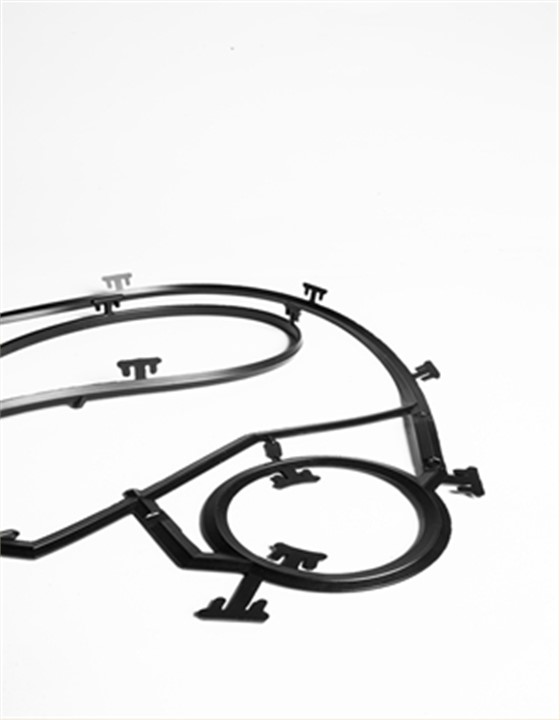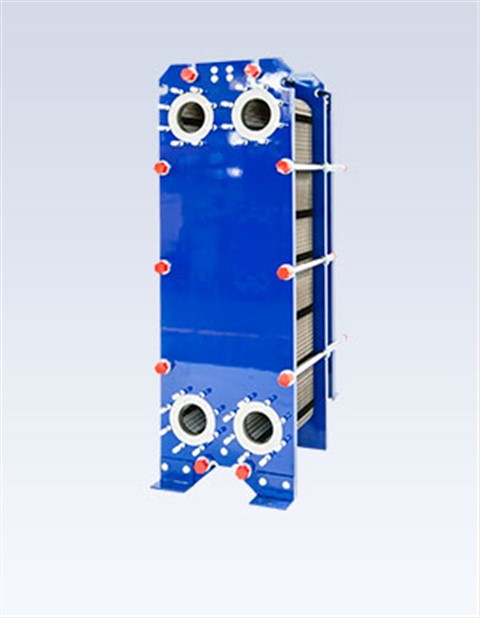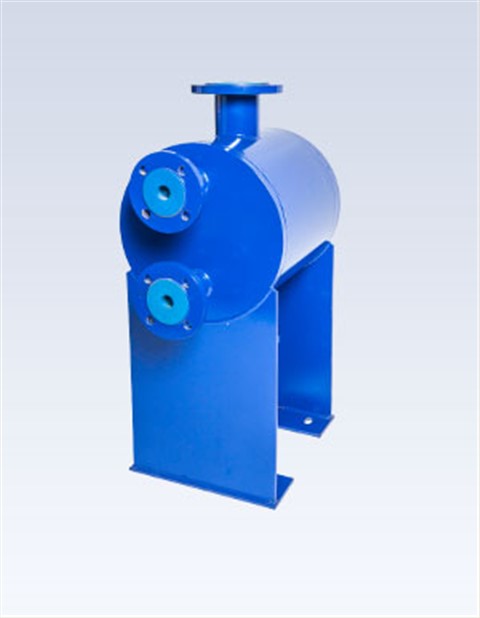Rubber plate heat exchanger gaskets are the most widely used for plate heat exchangers. When selecting, they not only require proper physical properties, but also should consider their compatibility with heat exchange fluids (ie, corrosion resistance, swelling), use temperature and use pressure. Factors such as fluctuations. Rubber is a high-molecular polymer composed of raw rubber, vulcanizing agent, filler, anti-aging agent, processing aid and thinner.

The physical properties of the plate heat exchanger rubber gasket mainly depend on the formula one mixing and vulcanization process (including vulcanization pressure, temperature, time, etc.). Generally, the pressure of vulcanization and molding should not be less than 9.8MPa, the temperature is 160-185 ?, and the time is 3-15min, depending on the type of rubber. In the oven, under a uniform temperature, keep the heat for a certain period of time, and finally complete the vulcanization process. The physical properties will deteriorate with increasing use time and temperature. Generally, at the recommended maximum temperature of rubber strips, the average life of continuous use is about two years. If the maximum temperature is exceeded by 10 ?, the average life span will be shortened by about half. However, short-term overtemperature has little effect. Strips with good physical properties at room temperature may become very poor under high temperature and continuous use.
Compression permanent deformation rate is an important basis for measuring the elastic recovery ability of the rubber strip material and determining the temperature limit of use. Under the allowable use temperature, the smaller the value, the better the elastic recovery performance, and the more favorable for the sealing performance and average life of the rubber gaskets. The long-term deformation rate of compressed water will increase with the increase of temperature and time, and it is related to the molecular weight of rubber, vulcanizing agent, reinforcing agent and other additives. Under the premise of certain raw rubber, it mainly depends on the type of vulcanizing agent and the optimal amount of formula. Using phenolic compound curing agent, the long-term deformation rate of compressed water is the smallest; amine compound curing agent is the worst.
Qingdao ReapterHeat Exchange Equipment Manufacturing Co., Ltd. has been committed to the research and development of higher quality plate heat exchanger gasketsince 2017. All products use imported raw materials and use the production technology and process of the international brand Gislawi The standard, after numerous formulation adjustments, tests, and researches, the sealing tape produced has EPDM temperature resistance of 165 ° C and NBR temperature resistance of 140 ° C, which greatly improves the temperature range of the sealing rubber pad. The compression permanent deformation rate reaches 11% to 13%; at the same time, the tear strength, elongation at break and tear strength are higher, which makes the service life of the rubber pad long.


 Food grade plate heat exchanger
Food grade plate heat exchanger Plate And Shell Heat Exchanger
Plate And Shell Heat Exchanger